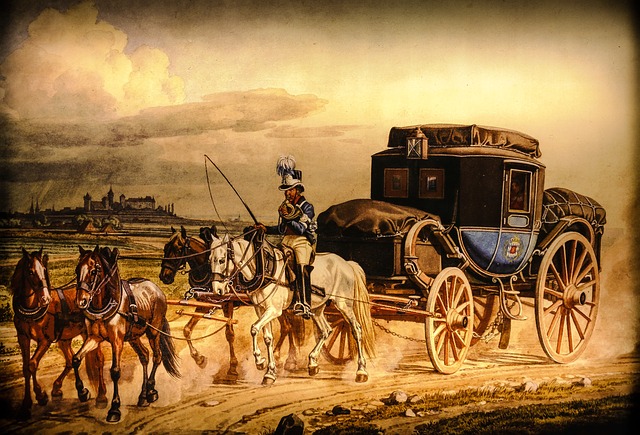 Cleaning canvas paintings
Cleaning canvas paintings
We are regularly asked about cleaning paintings. Here is the basic process we use to cleaning a painting.
For cleaning a painting we start by removing the painting from the frame and cleaning the back side of the painting. Yes, the back. There can be a lot of dust and dirt accumulation on the back of art. Sometimes the dirt get in between the canvas and the stretcher bars and this needs to be removed or it can damage the art.
Next we remove dust and dirt particles from the front by gently wiping the painting down with warm water and ammonia. We can also use a gentle soap, like baby soap, to help clean the front. We do not want to use any strong chemicals at this time. We constantly dry the painting during this process so that the moisture does not reach through the back of the painting and damage the adhesion of the paint with the canvas.
Next we remove the old varnish. Old varnishes oxidized and yellow over time. The varnishes are usually removed using solvents and other strong chemicals. Removing the old varnish is usually what scares most people because we are exposing the original paint and they don’t want to damage the paint. You should feel confident bringing it to a professional. Removing varnish layers is a regular practice. When the varnish is fully removed we allow the painting to fully dry and sit in appropriate UV light for anywhere from 5 minutes to 1 hour to help dry and brighten the coloring.
Next step would be to patch any tears in the canvas or to the paint itself. We apply canvas patches to the back of the painting using an acid free adhesive, or at times, bees wax and a hot iron.
We repair the painting on the front by carefully color matching each section of the painting one brush stroke at a time. This is a highly detailed process and requires careful and precise color matching. Each color is carefully compared to the original to match the original painters color mixing style and application process.
Finally, we can reseal the painting by applying a new varnish layer over the painting, usually damar varnish, that will perform better and protect the painting for many years to come.

